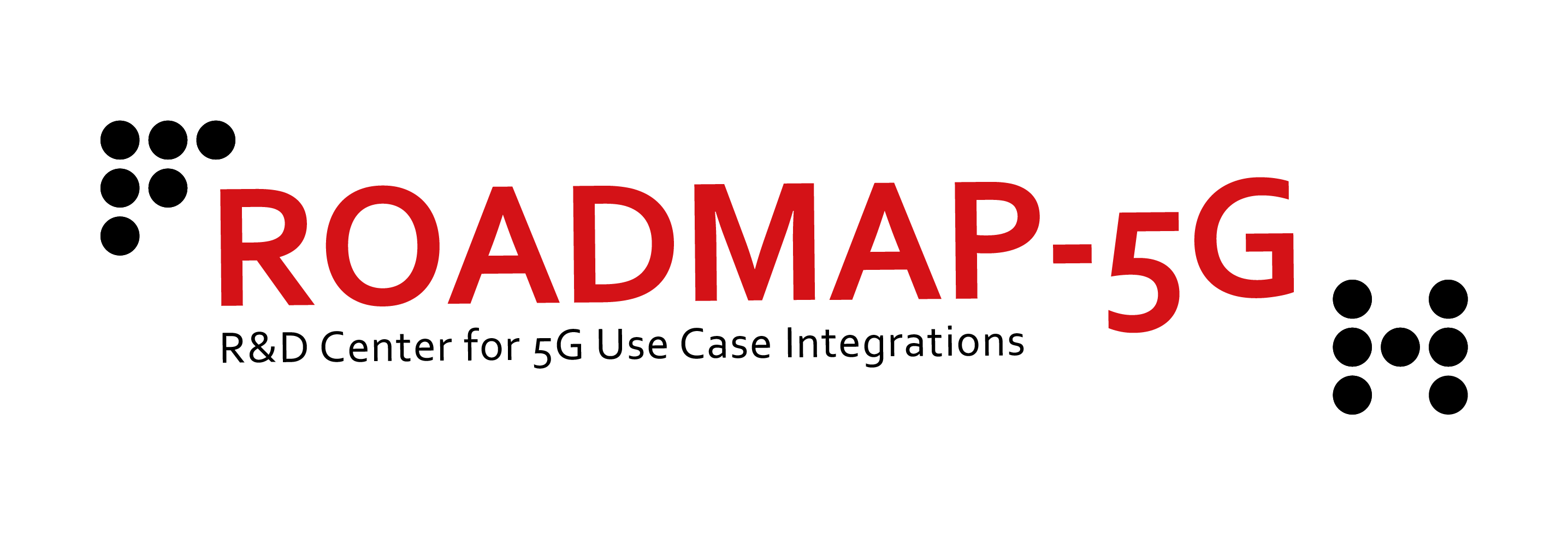Since the inception of new technologies in the mobile communication sector and the adaption of 4G and 5G by a critical mass of consumers, it seemed that this kind of internet connectivity would be dominant in the consumer sector. However, Elon Musk’s SpaceX with their satellite-based internet solution Starlink has put this assumption into perspective lately.
The Starlink system consists of three parts: The currently over 1,600 satellites in an orbit between 540 and 570 kilometers, the currently 92 ground stations around the globe, and the satellite dishes and access points at the users. In its final stage, the system should consist of over 40,000 satellites. Put simply, users are connected to the internet via their satellite dish, the currently best-positioned satellite, and the nearest ground station.
Thanks to a satellite dish and modem kindly provided by Stereo Media, our team could test this system for different usage scenarios. The most important results based on measurements conducted in early June 2021 are described below.
Peak data rates of 330 Mbit/s for the download and 60 Mbit/s for the upload could be measured. On average, 170 Mbit/s and 17 Mbit/s were measured respectively. This is more than enough for streaming videos (e.g. from Netflix or YouTube). The highest measured latency to a server in Vienna was more than 2 seconds. However, the latency kept below 90 milliseconds 98% of the time. This is still acceptable for video conferencing and online gaming. A total downtime of 4 hours has been observed during nearly 7 days, which results in an outage ratio of approximately 2.4%. The vast majority of these outages are shorter than three seconds, which means they are not critical for most applications. With a power consumption of 105 Watts on average and a maximum of 190 Watts the components located at the user-side are quite power hungry and comparable with a modern flat-screen TV.
In further analyses, it has been tried to correlate the system’s performance with the current satellite constellation. On the one hand, it could be observed that the switch between satellites seems to be bound to a 15-second “clock”. This became clear due to the change in latencies, which always occurs after a multiple of 15 seconds. On the other hand, there was the assumption that outages are predictable using the satellite constellation. These outages will be reduced with a rising number of satellites in orbit.
Overall, it can be said that Starlink is an interesting alternative to cellular Internet connectivity and in some cases even fixed-line connectivity. This system is worth considering especially in areas with limited connectivity, despite the high initial costs of 560€ and the high monthly costs of 100€. In addition, there are also the monthly electricity costs of approximately 17€ to be considered.
A detailed analysis can be found here.
This post is also available in: Deutsch (German)
